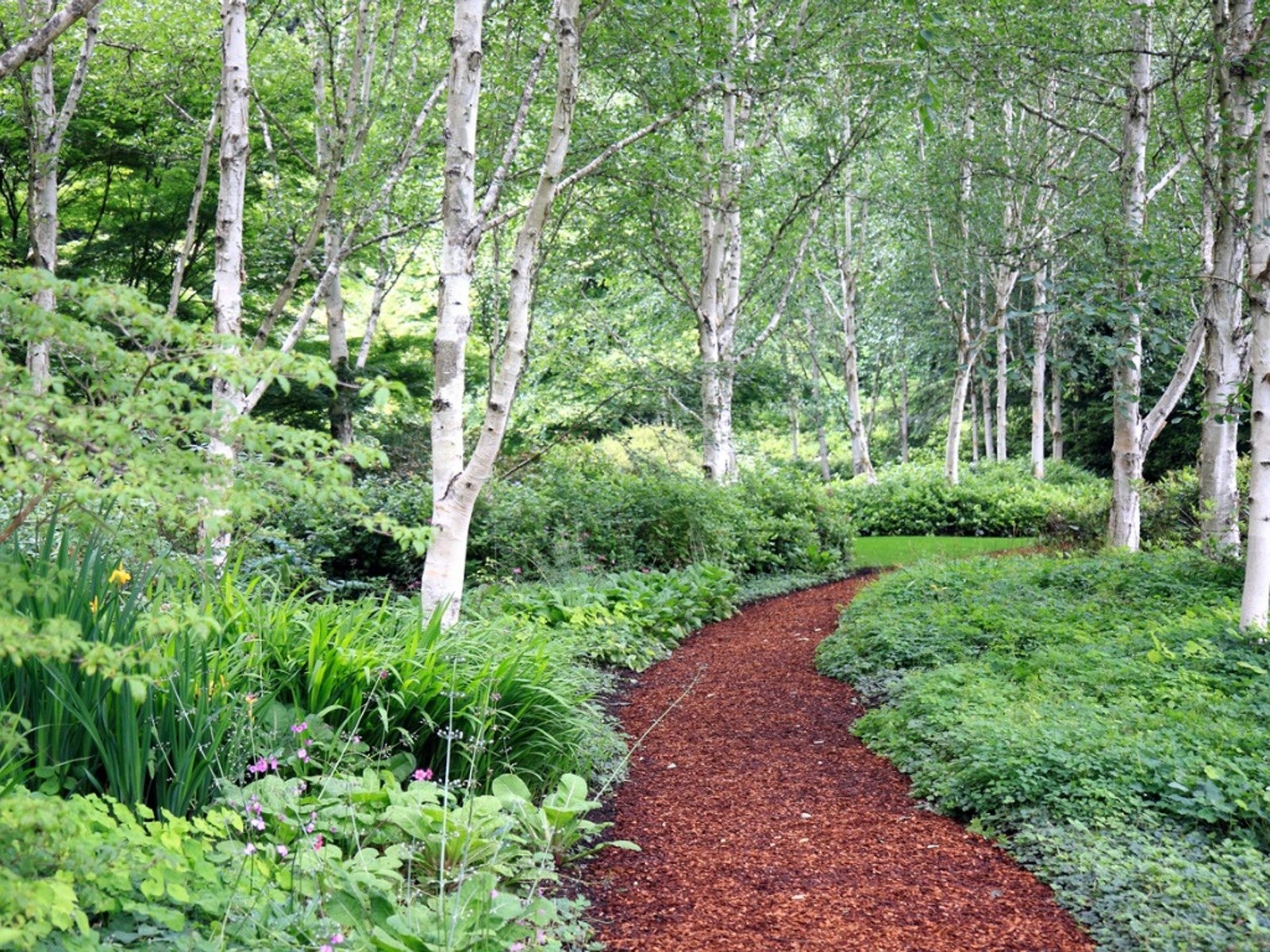Grow Beautiful Trees With White Bark


Trees with white bark are striking and different. While most trees are sheathed in some shade of brown or gray, these beauties range in color from glowing white to grayish or golden white, have patches of pale color or dark stripes. For really unique trees, check out these white specimens.
What Trees Have White Bark?
White bark on a tree is not as rare as you might think. The natural white color provides sun protection. Darker bark absorbs heat from the sun, while the white color reflects it. You can find white trees among birches and aspens in moderate and colder climates as well as in gum trees native to Australia.
White Birch Trees
For many northern regions, a birch tree is the first thing that comes to mind when thinking of white trunk trees. Not all birches are white, but these two are:
- Betula utilis var. jacquemontii. It’s a mouthful, but you can also call this a Himalayan or Indian paper birch. Native to the Himalayas, it has some of the whitest bark you’ll see on a tree. It grows well in USDA zones 7 and above. This tree grows rapidly, making it a popular choice for landscaping.
- Betula papyrifera. For a species native to North America, try the American paper or white birch. The bark has more dark striping than the Himalayan birch, but it is still strikingly white. It’s a great choice for a low, wet area or by a stream. Paper birch does best with a lot of water. It grows readily throughout Canada and the northern half of the U.S.
Other White Bark Trees
Other trees with white bark include aspen, plane, and gum trees:
- Populus temuloides. Quaking aspen gets its name from the fact that the small leaves on long stems tremble with even the slightest breeze. The bark, though white is not as pure white as that of a birch. It is more of a golden white with dark stripes. Aspen is very common in North America but only above 2,000 feet (610 meters), so choose this tree if you live at elevation.
- Platanus acerifolia. The London plane tree is famous for lining the streets of its namesake city. A hybrid of the Oriental plane tree and American sycamore, one of its most notable features is the bark. It starts brown but sheds flakes to reveal a creamy white underneath.
- Eucalyptus papuana. This is the white-barked tree for gardeners living in warmer climates. Native to Australia, the ghost gum is a tall, evergreen tree with exceptionally smooth white bark. It grows rapidly and tall, quickly becoming a large shade tree. Grow it in USDA zones 9 through 11 and along coasts, as it tolerates salt.
Sign up for the Gardening Know How newsletter today and receive a free copy of our e-book "How to Grow Delicious Tomatoes".

Mary Ellen Ellis has been gardening for over 20 years. With degrees in Chemistry and Biology, Mary Ellen's specialties are flowers, native plants, and herbs.